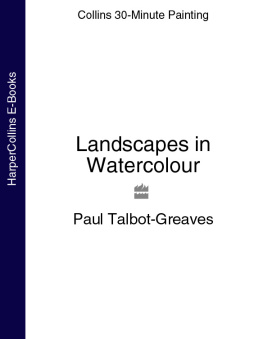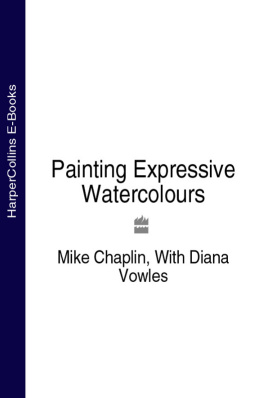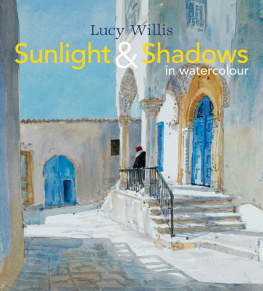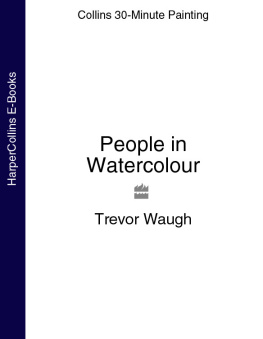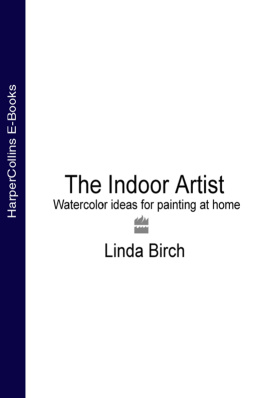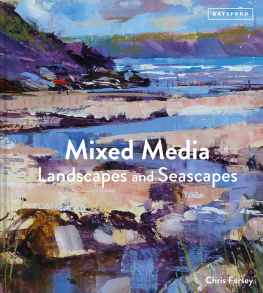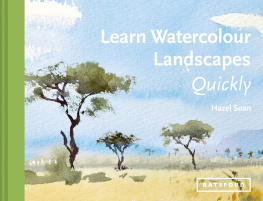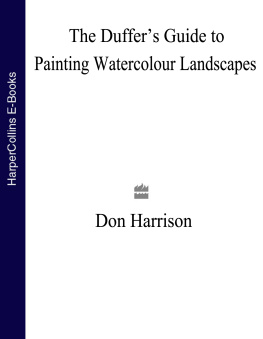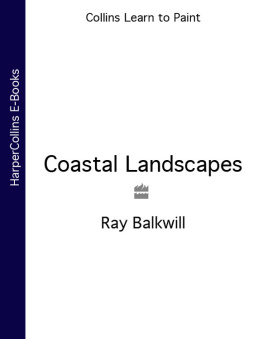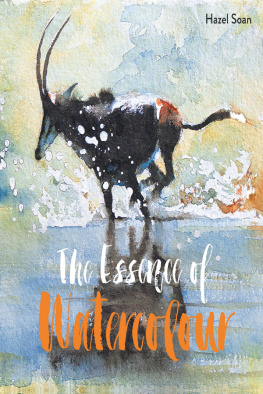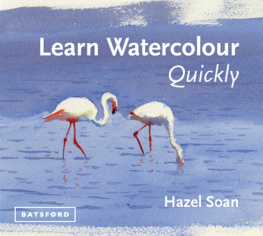CONTENTS
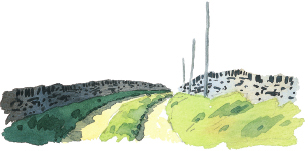
Thank you to all my friends who believe in my work, especially my wife Sarah without whom I really would not be able to function on a daily basis. A big thank you also goes to my parents, my brother and aunty Di for their assistance in the production of this book, and of course to each and every painter who has learned with me and enjoyed the art of watercolour painting over the last fifteen years.
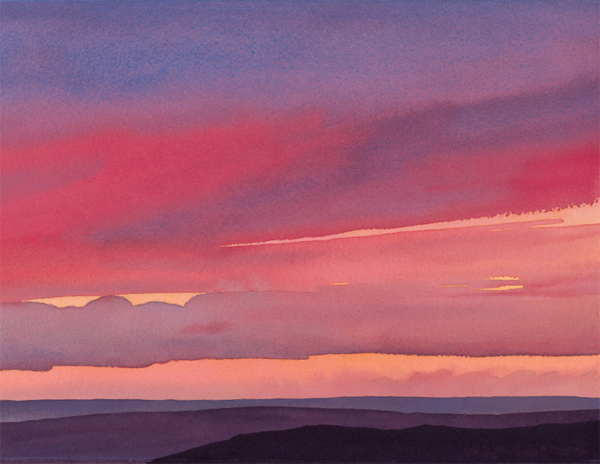
Until the 18th century landscapes were generally painted only in oils, but since then watercolour has become one of the most popular media for portraying this fascinating subject. Its translucent quality makes it ideal for capturing the beauty of the natural world around us.
Landscape painting can be tackled either indoors or out, and it requires very little equipment. Despite our busy lifestyles it is perfectly possible to find time to paint successful watercolours by keeping them quick and simple. In this book you will discover how to achieve exciting landscape paintings in just 30 minutes.
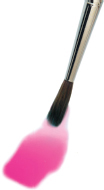
Sunset
25 34 cm (9 13 in) In this simple picture the sky dominates the landscape, making the painting process quick and fresh. Horizontal shapes and strong colours create interest and drama.
The beauty of watercolour
The crisp, translucent feel of a watercolour wash is unrivalled by any other medium and its immediacy makes it perfect for capturing different landscape subjects, including the various moods and atmospheres that you see every day. Watercolour is quick and spontaneous, and with fast drying times paintings can be completed in one session and easily achieved in about 30 minutes.
Other advantages of watercolour as a medium are that you do not need much equipment to work with, getting started can be relatively inexpensive, and you do not really need a special studio or room set aside for working. Materials can be quickly brought out when needed and tidied away afterwards.
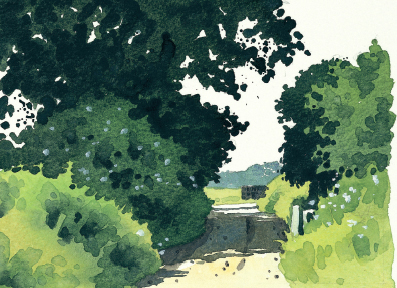
Summer Lane
14 19 cm (5 7 in) I completed this painting in 30 minutes, aiming for the relevant colours and tones in no more than three stages, and this has helped to keep the washes fresh and crisp.
The aim of this book
Many people think they need to have plenty of time to paint, but my aim here is to show you how you can create your own successful landscape paintings in just 30 minutes. Throughout this book you will discover various ways of interpreting the landscape to suit your own style and approach, using simple and quick techniques. You dont have to create large panoramic paintings with every detail crammed in to the scene in fact, the best paintings are often the simplest and with a little organization most can be done in one sitting.
For practical reasons you may prefer to paint your landscapes at home, working from reference sketches or photographs. However, try to paint or sketch from life whenever possible. Whichever method you choose, I hope this book will help and inspire you to paint with increasing confidence and enjoyment.
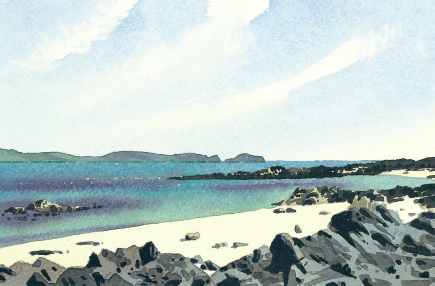
Coastal View
14 20 cm (5 8 in) This painting was worked from a holiday photograph, but I could easily have painted it while I was sitting on the beach. You may decide to work some of your own paintings from photographs, but try to paint outdoors whenever you can.
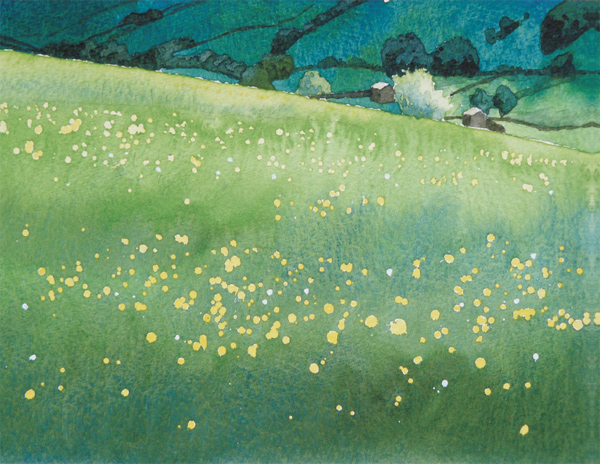
Although there is a huge array of materials available you need only the essentials to be able to paint landscapes successfully in 30 minutes. Buy the best-quality materials you can afford, as these will produce the finest results, although there are also less expensive options if you are on a tight budget.
For indoor work, try to have a few luxury items, such as a sable brush, good-quality paints and a large mixing palette. When working outdoors you may wish to expand your kit slightly, but again very little equipment is generally needed.
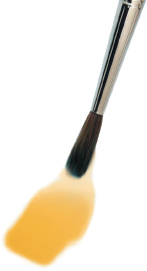
Hay Meadow
14 22 cm (5 8 in) Paintings such as this can be completed with only a small amount of equipment some watercolour paper, a pencil, a medium-sized round brush and a few paints.
Paints
Watercolour paints are available in both tubes and pans. Tubes offer instant colour, whereas pans demand more effort to work up the paint to the required volume. This can be a little restrictive when painting large landscapes, but the portability of pans in a paintbox makes them ideal for outdoor work.
There are two grades of paint -students quality and artists quality. Students quality paint is cheaper than the higher-quality artists paint, but is fine to start with. You will probably develop your own favourite colours, but a good range for landscape painting might include Cobalt Blue, French Ultramarine, Sap Green, Hookers Green, Burnt Sienna, Raw Sienna, Lemon Yellow, Alizarin Crimson, Light Red, Paynes Grey and white gouache for retouching any white areas or highlights at the end of a painting.
Brushes
Kolinsky sable brushes offer the best handling and will last for a long time, but they can be very expensive. Synthetic brushes are cheaper but still effective, making them ideal for beginners. For large wet-into-wet washes I prefer to use a 25 mm (1 in) sable flat brush, which holds lots of paint. For most other applications I tend to use Nos. 4, 6, 8, 10 and 12 round brushes and a No. 1 rigger or ruling pen for fine details.
Palettes
A large mixing palette is best and I use a white plastic catering tray when working in the studio. Try to avoid mixing in small wells as these often give a false impression of tonal strengths. Having the room to mix paint comfortably will enable you to achieve correct tonal values and your colours will be cleaner. A smaller palette or the lid of a paintbox is more convenient for sketching outdoors.
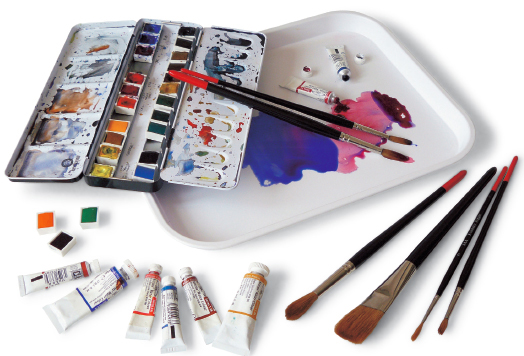
I use tube paints for quick, instant mixes of colour when working in the studio, a set of pans for outdoor work, a large open mixing palette and a variety of good-quality watercolour brushes.
Paper
Cartridge paper is fine for sketching and for working in watercolour outdoors because the paint dries very quickly on this surface. For more concentrated work, however, watercolour paper should be used. This comes in different weights and thinner papers will need to be stretched prior to painting to prevent them cockling when paint is applied. To avoid the need for this I generally use a 425 gsm (200 lb) paper such as Bockingford, which is a good all-round paper and is ideal for most paint applications. You can obtain paper in pads, which have the advantage of keeping your work neatly together, or you can use single sheets and cut them up to suit your requirements.

